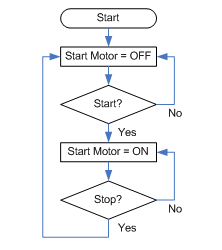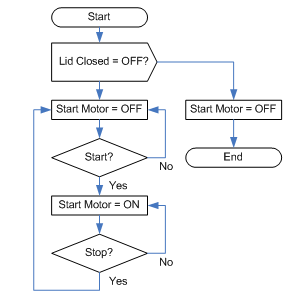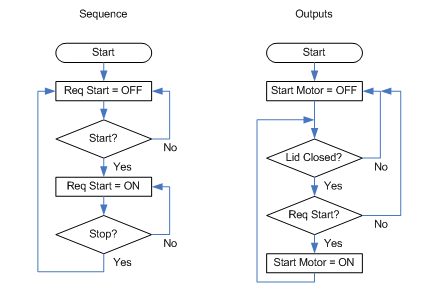The “low intellectual property” Fashion Industry as a model for innovation?
I have to agree. Since I’ve started getting involved in open source software, I can tell you that intellectual property laws are the biggest obstacle to innovation that I face. I can say that because I took the time to consult with intellectual property lawyers on everything from trademark to copyright to open source license to software patent. Here’s what I found out: you can’t write a single line of code without violating someone’s patent, somewhere. However, the only time that person will enforce their patent claim is if you’re really successful. The only defense is to pay tens or hundreds of thousands of dollars to build up a patent portfolio of your own so you can partake in a ludicrous arms-race deterrent. On top of that, your patent portfolio offers no defense against so-called “patent trolls”: companies that only own patents and don’t write software of their own. They’re the equivalent of a terrorist cell with nuclear weapons… your nukes are ineffective because you don’t have a city to target.
Copyright is under control, mostly because it’s so much weaker than patents, and it’s free. It stops whole-sale copying of your software, but allows someone to look at your source code, learn from it, and then write it themselves without violating copyright (if they’re careful). Plus, the wide adoption of open source licenses give us lots of material that we can freely copy or integrate.
The irony is that patents were supposed to speed up innovation, but they’ve done exactly the opposite in the software industry.
Do you want to know why none of this matters though? I’m going to make a bold prognostication here:
If the last decade (have we agreed on what to call it yet? The Oh’s?) was about more crap, then the next decade will be about customized crap. Seriously, we gorged ourselves on the mountain of crappage that is sold at Wal-mart and people are starting to wake up with a hangover. We’ve already seen the desires start to change from more to better but I think we’re going to see it change to mine. People are going to want unique stuff. Things that they had a hand in customizing. Something they can use to express themselves.
This has major implications for manufacturing, so it affects the automation industry, and I think it also affects software. Just like the fashion industry, where people use clothes to express themselves, we’re about to enter an age when all the crap you sell to consumers has to have a story, a personality, and be unique. Mass production will remain for your basic staples, and China is going to continue to provide us with that, but North America and Europe are going to have to start producing bespoke crap.
What does this mean for automation? We’re going to see a rise in the build-a-bear style build-your-own-product-on-a-website and have it manufactured and sent to your door the next day. Imagine the logistical changes that need to take place to make that happen. Internet merchandising companies like cafepress already have a leg up in this department. Their merchandise is manufactured after you order it. Now imagine a product with 10,000 or a million different variations, and the automation that has to support it. Imagine the automation required to manufacture products whose specifications change as fast as fashion trends.
On the software side, we’re going to see every major application support custom 3rd party add-ins so everyone can customize their software so it works for them. I think we’re also going to see a rise in “pseudo-programming languages” that let people who aren’t programmers actually customize their applications in ways that we’ve never let them do before. Platforms that give people the power to build solutions to their own needs are going to flourish, and one-size-fits-all solutions like word processors will fade into obscurity.
So I think we’ll have two options: the vast majority of us are going to spend our time building custom things for individuals or businesses. The successful ones will produce products that people can customize themselves.




